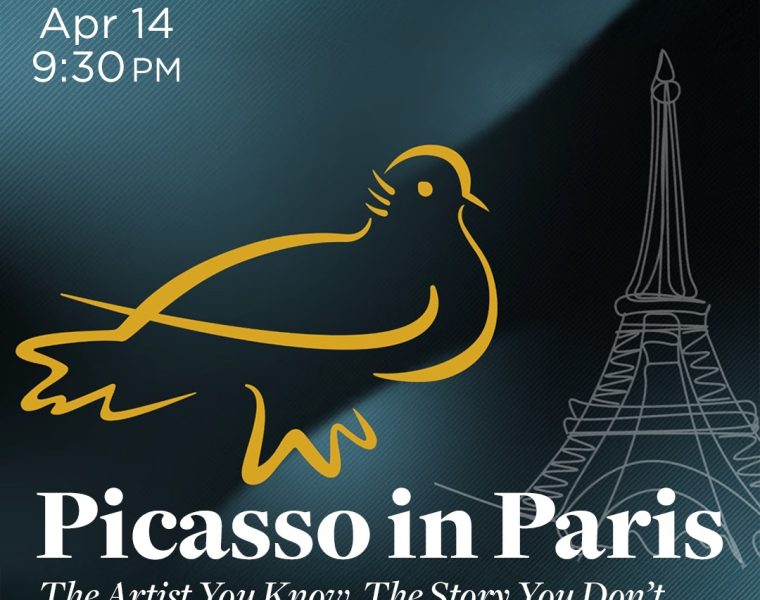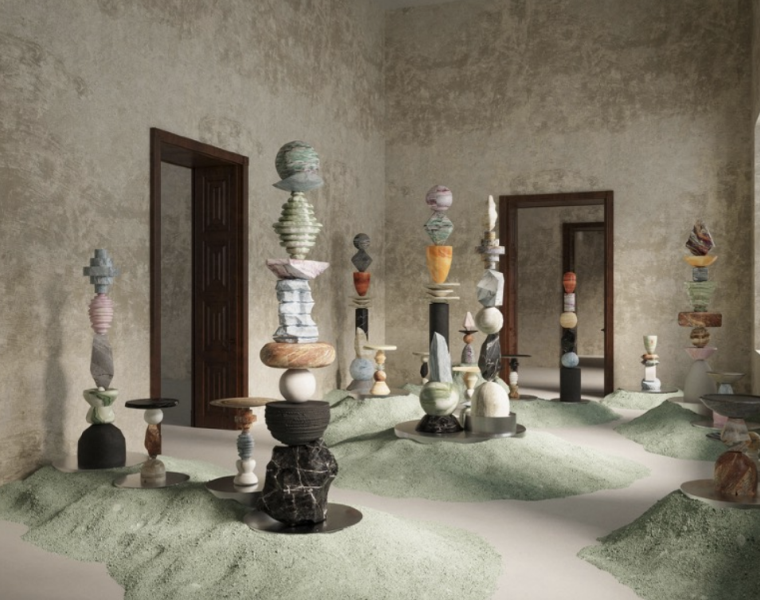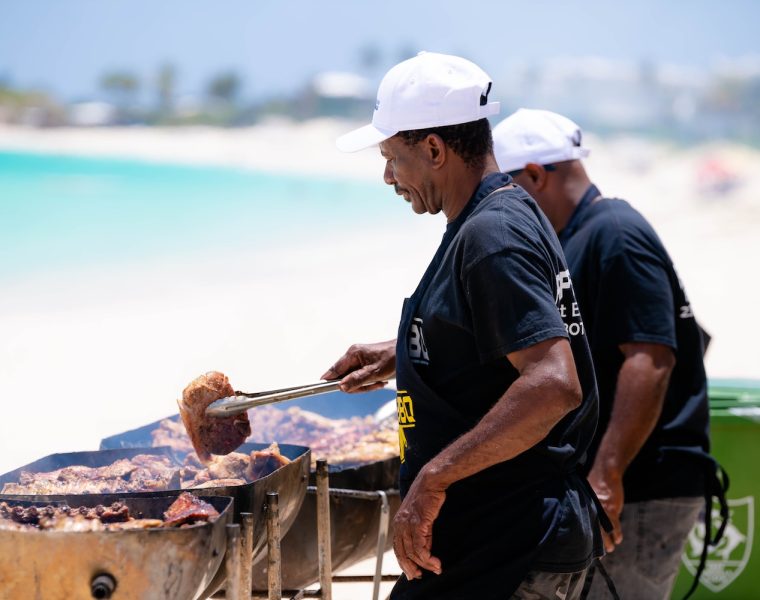Spring 2025 Highlights: From Tattoo Traditions to Art Basel in Switzerland This week’s #TASTE focuses on cultural travel for art lovers offers a rich look at exhibitions and creative initiatives around the…


Spring 2025 Highlights: From Tattoo Traditions to Art Basel in Switzerland This week’s #TASTE focuses on cultural travel for art lovers offers a rich look at exhibitions and creative initiatives around the…

From Mediterranean legacies to emerging art fair landscapes, here is your roundup of international art and culture news for Spring 2025 Venice and the Ottomans: A Mediterranean Power Exchange in Nashville Frist…

From Caribbean cuisine to Swedish food festivals and Pacific coast retreats, these May getaway ideas are as diverse as they are unforgettable. Whether you’re planning a last-minute spring vacation or thinking ahead…

Wellness, Culture, Cuisine, and Design Around the World This April, explore 5 global luxury destinations to discover in spring 2025. From fine dining and wellness to design and theater, these experiences are…

Explore New Perspectives Through Five Global Shows in Spring 2025 From Venice, Italy to Houston and Tokyo to New York, international art exhibitions this spring offer an immersive lens into culture, identity,…

Spring escapes 2025 promise more than a change of scenery—they offer transformation, joy, and authentic moments through immersive experiences. Whether dining under the stars in Anguilla, sailing into history on the Queen…

From Manhattan to Riyadh and Cape Town to Jeddah, Global Art Exhibitions Spring 2025 capture the energy of a new season through bold curatorial vision, cultural commentary, and immersive experiences. This week,…

Spring Art Shows 2025: Global Exhibitions to Visit This Season Art lovers and travelers alike can look forward to an exciting season of exhibitions and cultural events. From contemporary photography to site-specific…

As the seasons shift, travelers seek new adventures. From Helsinki’s sustainable tourism to Milan’s design fair and Las Vegas sports events, these destinations offer unforgettable spring travel experiences. Helsinki Leads in Sustainable…